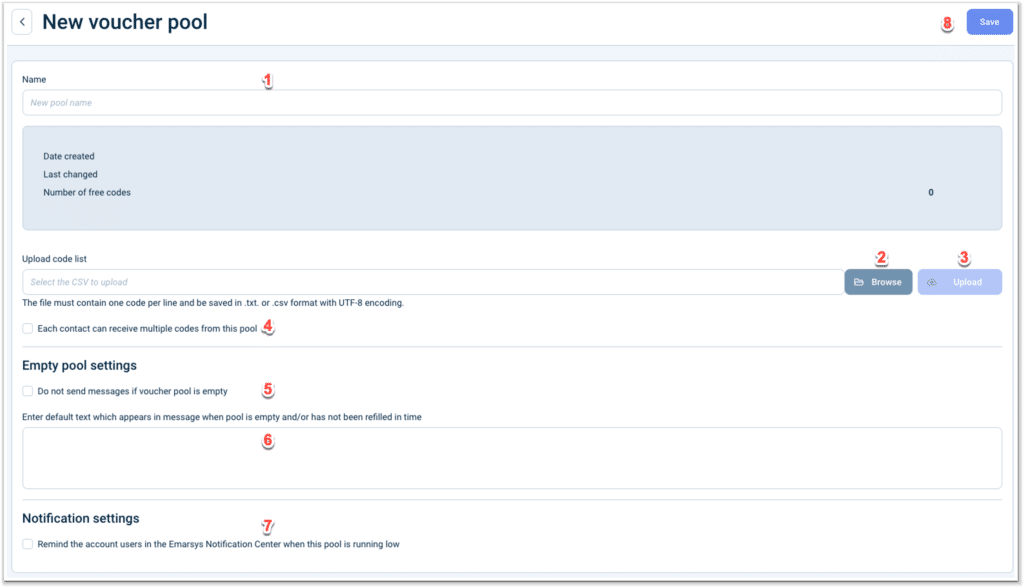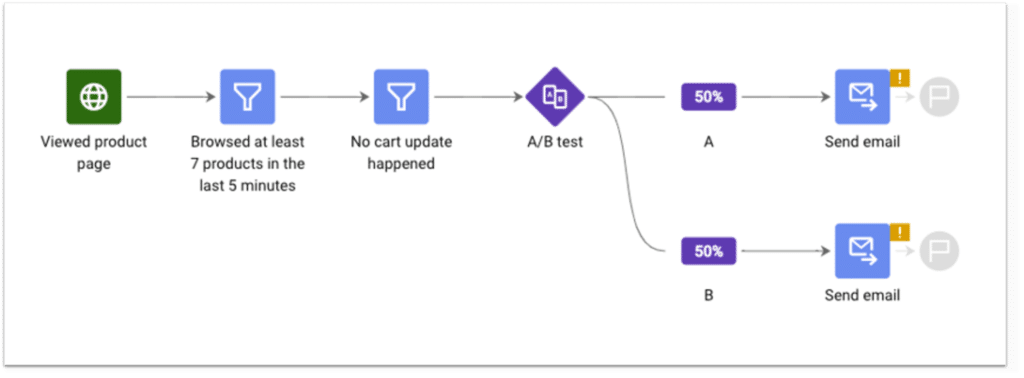This article is part of the Performance Series. You can watch the other webinars from Q1 on the webinars page, here.
Discounts are one of the most powerful tools in the arsenal of an email marketer. They can pull a customer back from the brink of being inactive, or jump start someone who just signed up into making that all-important first purchase.
But if used too bluntly or too frequently, discounts can dilute a brand or product, and thus lose their effectiveness. This is why it’s vital to have a strategy when using discounts or any other type of incentive so that they’re always tailored to specific audiences within the customer lifecycle. That way the audience can actually become more engaged overall, instead of solely being engaged when a discount is involved.
Asking the Right Questions
Incentives provide the best value if they lead to an increase in customer lifetime value (CLTV). You can always ask pointed questions about current campaigns to see whether you’ve built incentive programs with that goal in mind, including:
- If you give someone their biggest discount in a Welcome program right after opting in, are you rewarding customer engagement or just promoting sign up?
- Will a contact going through this program be just as rewarded for a one-and-done purchase as they would if they were an active buyer?
Likewise, other types of incentives could promote brand loyalty that translates to a direct increase in LTV. These include:
- Tiered free shipping: Does your customer know that you always offer free shipping for orders over a certain amount?
- Activity-based rewards: Do you have a loyalty program that rewards repeat purchases or even different forms of engagement?
Using Data and Analytics to Reach Out at the Right Time
Any of the incentives above can be beneficial, but a key factor is to know when to offer or promote them. When targeting leads or previous buyers, we recommend incentivizing them as they enter a “cold” or “defecting” status, instead of waiting until they’re inactive when it might be too late.
Users of customer lifecycle analytics will find that these types of segments are ready for use at a moment’s notice.
Similarly, you can use lifecycle analytics to see what categories or products are most popular with customers who have only made one purchase, or what categories tend to show up when customers do make that second purchase and become an active buyer.
Being able to promote relevant product recommendations alongside an incentive will increase customer engagement and extend LTV.
Optimizing Results with A/B Testing
With timing, segmentation, and content all acting as their own variables in email, it makes sense that the combination might not be quite right on your first attempt. This is why it’s always a good idea to test variations in a program.
A/B testing an email with a different subject line or content could yield very different results. Testing different incentives to subsets of the same audience can also help you narrow down what type of reward your audience is most responding to. You would start by using the Omnichannel Vouchers in the Emarsys Platform (via the Content tab). There, you can upload coupon codes and use them in Email and Web Channel. When using codes, each recipient will have a code assigned to their profile so it can be used in reminder emails as well. You can also make sure that emails aren’t sent if there aren’t enough codes, or you can use a static code in instead.

Then you can customize A/B testing so that you can test one incentive against another and see what’s driving more engagement with your audience.

Frequently reevaluating your messaging (and audience) will give you valuable data and strengthen the relationship you build with your customer.
Final Thoughts
There’s a lot more to incentivising than adding a 20% off discount to an email and sending it to everyone in your database. Using some of the tools discussed here, your strategy can be a Swiss Army Knife instead of a hammer, ready to adapt quickly to the current situation.
Most importantly, a successful strategy is not one that has your customers holding out for the next discount every time, but one that funnels them toward being actively engaged on their own.
Handpicked Related Content:












